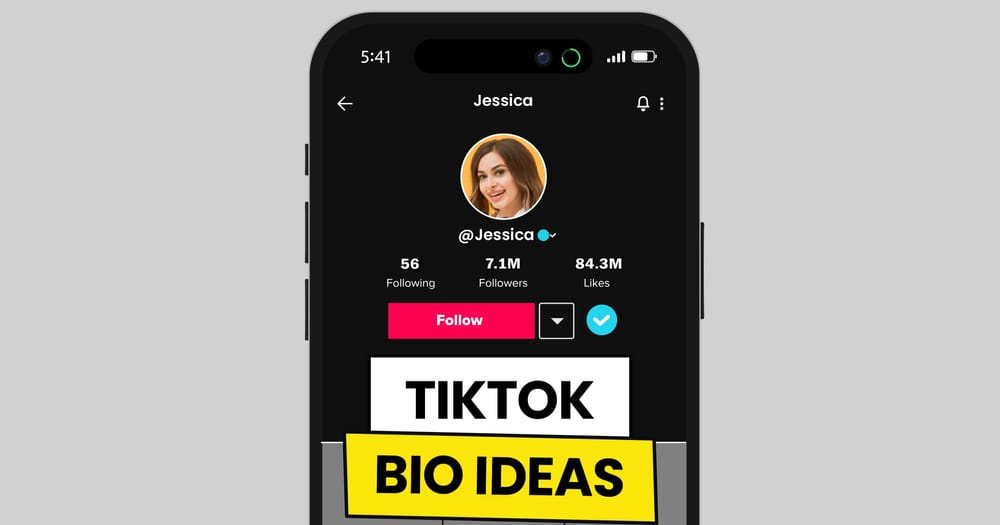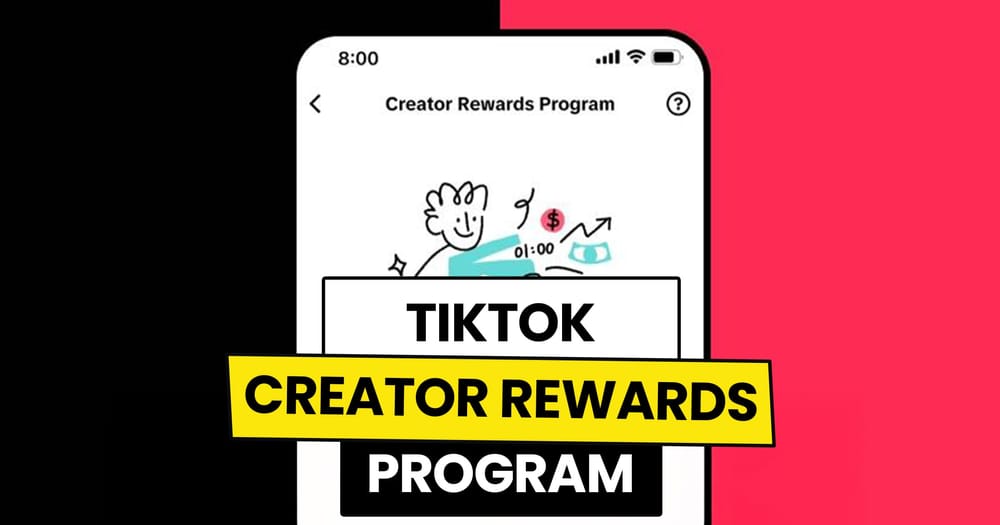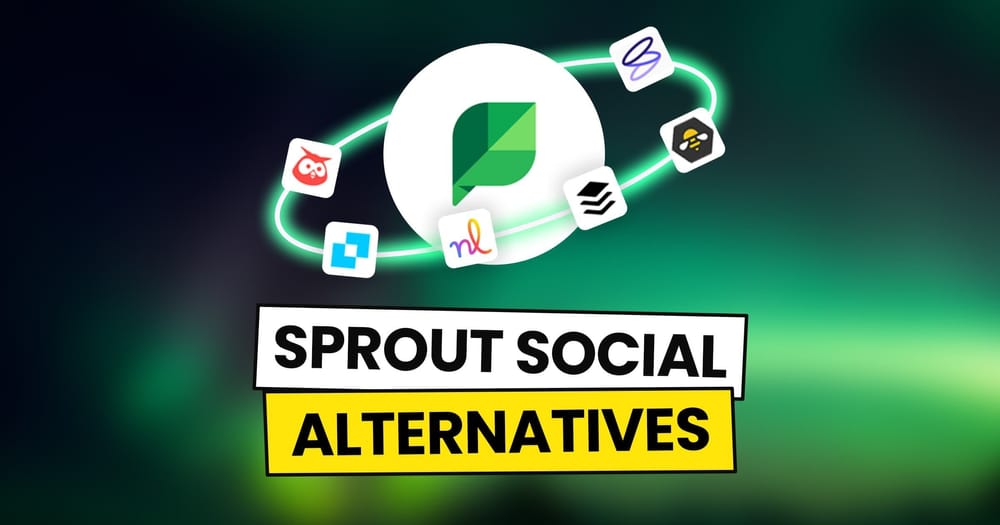Advertising a B2B SaaS product isn’t just about pushing features, it’s about connecting with businesses, solving their problems, and building lasting relationships with them.
It’s important to note that you’re a marketer trying to sell something to — most likely — another marketer.
![I restored in HD 4k the original "Spider-Man Pointing at Spider-Man" Template - (aka spiderman confusion meme) - [4096*3072] : r/MemeRestoration](https://blog.nuelink.com/content/images/2025/10/data-src-image-1385875f-690a-4ed8-ac3d-886973167097.jpeg)
So here’s how to approach it step by step, with tools and examples to guide you. Enjoy your reading!
Tip 1: Define Your Ideal Customer Profile (ICP)
Understanding your Ideal Customer Profile ensures you’re targeting the right businesses that will benefit most from your product.
For example, a SaaS company specializing in project management tools analyzed its top clients and found that mid-sized tech firms with X–Y employees were the most engaged. This insight led them to tailor their marketing efforts specifically toward this segment.
This helps the company minimize effort, maximize profit, and reduce unnecessary spending on people who aren’t interested. It might not generate many reactions, but it will definitely generate actions 😉.
Start by analyzing existing customers: Look at your current clients to identify common characteristics, talk to them (not only the happy, satisfied ones🙄), and most importantly, use data from customer support.
Surveys: Use tools like Typeform or Google Forms to gather insights.
You can also use LinkedIn Sales Navigator; an amazing (and, honestly, underrated… and expensive lol) tool to identify companies and decision-makers in your target industry.
Tip 2: Create a Need and Develop a Compelling Value Proposition
Your value proposition communicates how your product solves a problem or improves a situation for your target audience.
Sometimes, your audience can’t define their needs until they see your solution and realize: “Wait, I think I have this problem.”
Before that, they had no idea they needed your tool, because, for them, not having it wasn’t a problem. You define the problem, and then offer the solution. (It’s called a “solution” for a reason lol.)
For example, before Labubu existed, no one thought, “I need a scary furry creature to hang on my purse🙃,” (or did you?💀)
But, once it appeared, people went crazy about it. POP MART created the need.
In SaaS terms: a company offering automated invoicing highlighted how their product saved businesses an average of 10 hours per week, allowing them to focus on growth instead of admin tasks. Before that, those businesses had no idea that 10 hours of their time were being wasted every week, for them, that was just normal.
Bring real study cases to life and show people not their life with your solution, but their life without it.
- Start by identifying pain points: Understand the challenges your target customers face.
- If you can’t define pain points, create them!! (remember Labubu!🤫).
- Highlight benefits: Focus on how your product makes those challenges easier.
- Use clear messaging: Keep it short and simple. In SaaS marketing, we aim to make the audience receive more while reading less.
Tip 3: Content Marketing & SEO
Why it matters: Quality content attracts and educates your audience, establishing your brand as an authority.
How to do it:
- Create valuable content: Blog posts, whitepapers, case studies addressing audience pain points.
- Make it human: Humanize your content, show that there are real people behind it.
- Optimize for SEO: Use tools like Ahrefs or SEMrush to find relevant keywords.
- Promote your content: Share it on social media and through newsletters.
- Give it a second chance: Sometimes great content fails just because of timing⌛️ repost and test again and again.
Example: If your SaaS focuses on HR solutions, you can post about employee engagement or share resume tips. not just product updates. This type of content builds trust and drives organic traffic.
Tip 4: Try Paid Advertising
Paid ads can quickly increase visibility and drive targeted traffic to your product.
How to start:
- Choose the right platforms: You can use LinkedIn Ads to reach professionals and Google Ads for keyword targeting.
- Set clear objectives: Define what you want. leads, sign-ups or awareness and align your targeting with that goal.
- Monitor and optimize: Use analytics to track performance and adjust campaigns to stay on track.
Tip 5: Account-Based Marketing (ABM)
Account Base Marketing allows you to tailor marketing to high-value accounts, increasing conversion chances.Yes, it takes extra effort, but the outreach potential is much higher than with generic targeting.
- Start by identifying target accounts: Use tools like Clearbit to find companies matching your ICP.
- Personalize outreach: Craft personalized emails and content.
- “Stalk” smartly: YES STALK!! 👀 Observe your target before contacting them, it helps you personalize better.
- Align sales and marketing: Make sure both teams communicate and share insights, they complete each other.
Tip 6: Build a community
One of the most important tips. Building a community enhances trust and loyalty, turning customers into advocates. But remember, just building it isn’t enough. You need to be visible and active.
It's important to listen to their needs, feedback, and build a safe and comfy place to communicate freely. They must see you do your best in order to offer them a good experience.
- Create a space: Use Discord or Slack for user discussions.
- Host webinars: Educate and engage your audience.
- Encourage user-generated content: People trust other users’ experiences more than ads. We all actually do. Most of us when we’re Interested in something, usually the first thing we do is we check other consumers reviews first.
Tip 7: Optimize your website and onboarding programs
Your website is your company’s face, make sure it looks alive, clear, and updated.(The website not your face lol)
- Simplify navigation: Make information easy to find.
- Show pricing: Many users (me included) are too lazy to contact sales, clear pricing can trigger instant decisions.
- Optimize for conversions: Use clear CTAs (Call to actions) and a frictionless sign-up process.
- Offer onboarding support: Tutorials, customer support, and live demos help new users get started easily.
Tip 8: Automate your content
AI and automation can streamline your marketing efforts and save time. Schedule or automate your content and focus on what matters most.
And yes, of course, the first thing I’ll recommend is Nuelink, not just because you’re reading this at Nuelink’s blog 😉 but because it really helps automate your content across platforms. You can even start with a 14 days free trial (this was content marketing in action lol).
- Implement AI tools: Use AI for content creation, customer segmentation, and predictive analytics. ( wondering how?? Right!! with Nuelink😎).
- Automate campaigns: Set up automated email sequences and social media posts using tools like mailchamp or…NUELINK.
- Analyze data: Use analytics platforms to track performance and make data-driven decisions.
Tip 9: Monitor Metrics & Iterate
Regularly monitoring metrics helps you evaluate what’s working and what needs improvement.
How to do it:
- Track key metrics: Monitor metrics like Customer Acquisition Cost (CAC), Lifetime Value (LTV), and churn rate.
- Use analytics tools: Google Analytics, Mixpanel, or Nuelink’s built-in insights 😉
- Iterate: Use your data to refine strategies and boost performance.
By following these tips and using the right tools, you can effectively advertise your B2B SaaS product, attract the right audience, and build lasting relationships with your customers.
Remember: understand your audience, provide real value, and keep improving based on data and feedback.
If you like this kind of content, let us know! And if there’s a topic you’d like us to analyze next, drop it in the comments.
Thank you. until the next article 👋





